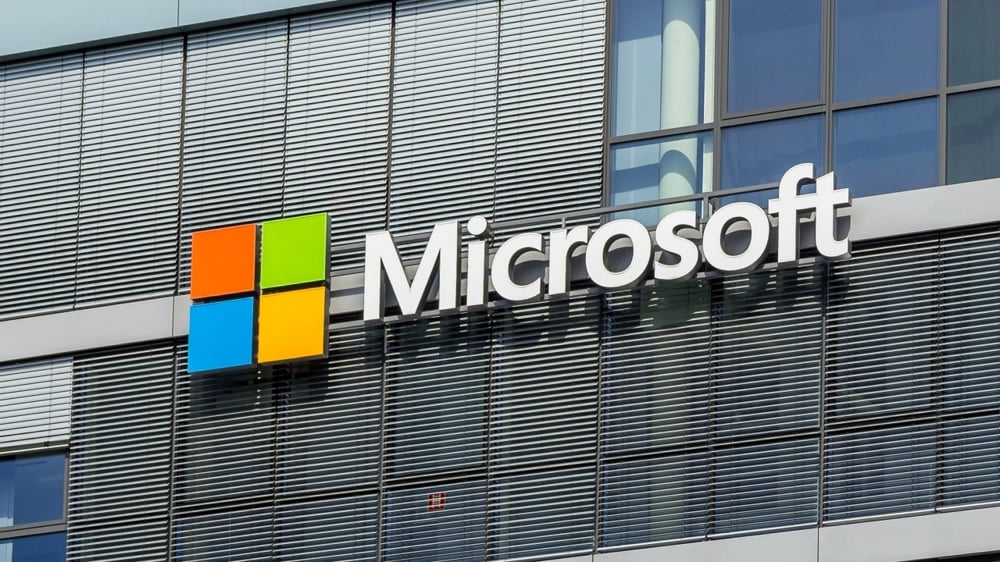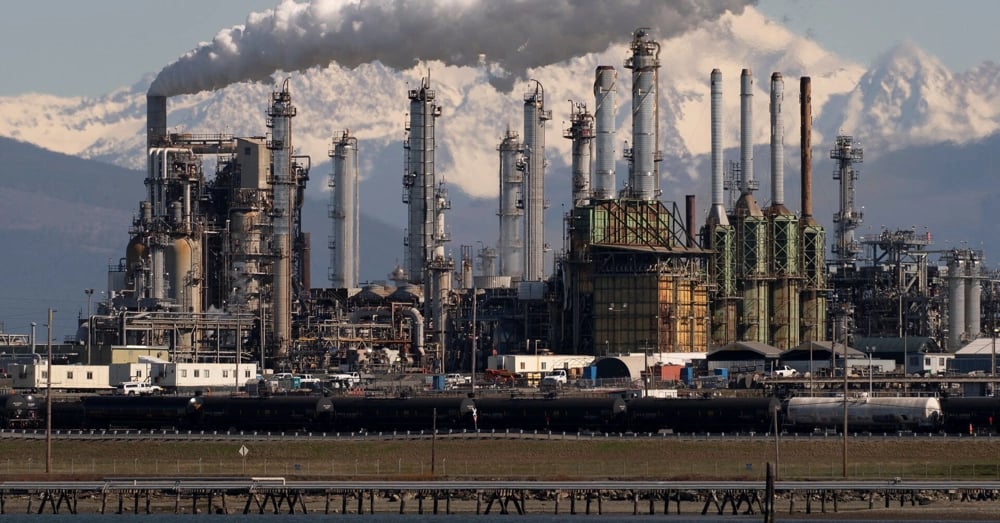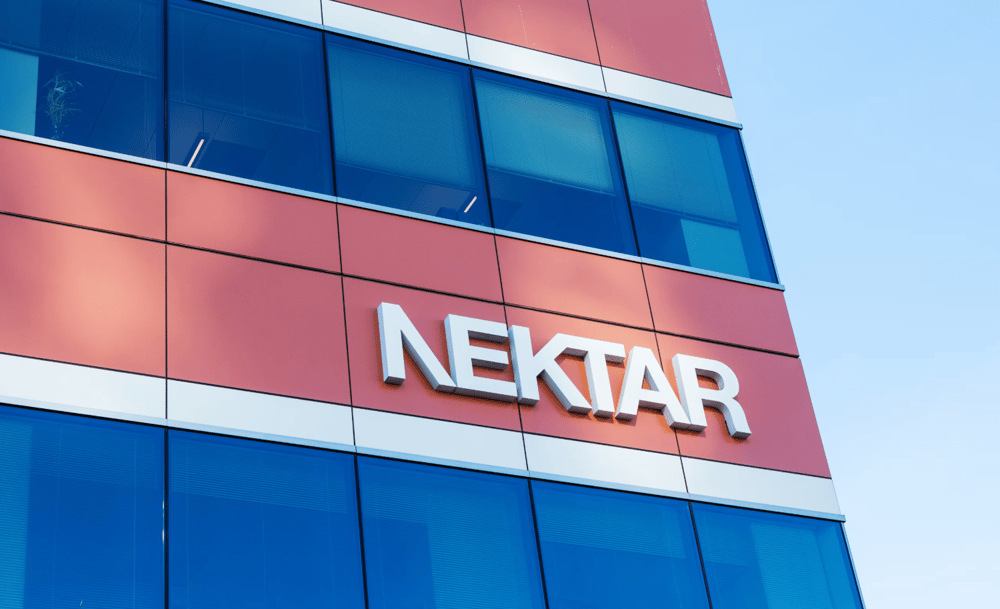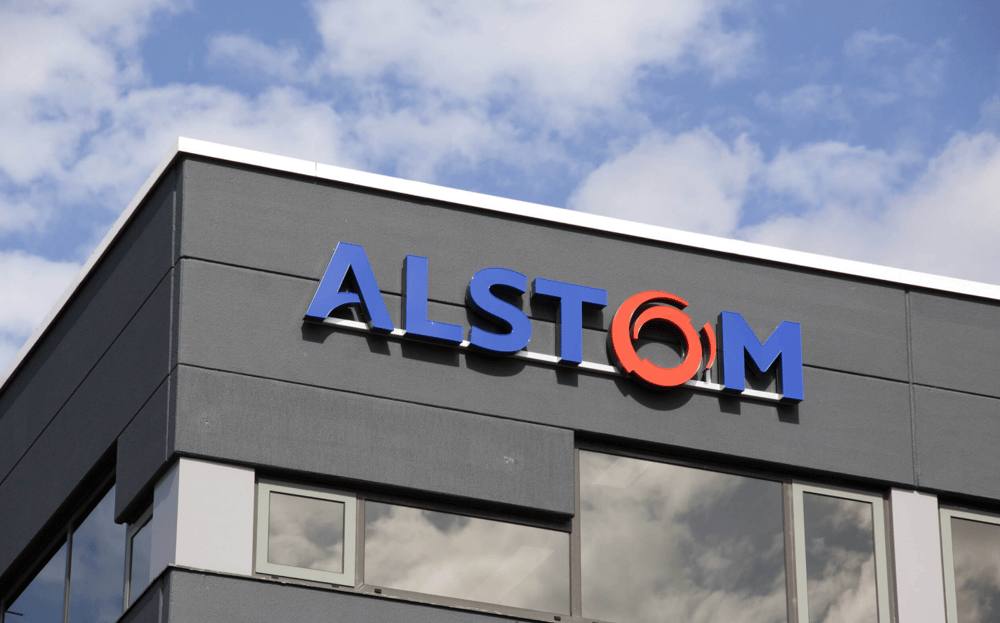Microsoft Implements Additional Layoffs Amid Accelerated AI Investment
Microsoft Corporation $MSFT has executed another round of significant workforce reductions, signaling continued cost-optimization strategies within the technology sector. The latest dismissals affected over 300 employees in Washington state, following closely on the heels of the largest workforce restructuring at Microsoft in recent years, which involved the elimination of 6,000 positions.
Motivations Behind the Layoffs
The primary drivers for these ongoing staff cuts center on the company's ambition to reshape its operational structure, thereby enhancing agility within a rapidly transforming market. Heightened competition, evolving macroeconomic conditions, and a renewed focus on scaling core divisions have necessitated a more streamlined approach to personnel management.
While the global technology industry pursues aggressive investments in artificial intelligence, balancing expenditures against long-term innovation remains a prevalent strategy. Microsoft’s latest moves consolidate its commitment to sustaining both operational excellence and competitive edge.

AI Integration As a Catalyst for Transformation
The magnitude of Microsoft’s investments in Artificial Intelligence — via initiatives such as Azure AI, OpenAI partnerships, and Copilot — highlights a shift in resource allocation from traditional operations to high-growth innovation sectors. This pivot is reshaping employment priorities and accelerating automation, which in turn affects the workforce composition across multiple business verticals.
Key Effects of Microsoft’s Ongoing Restructuring
Enhanced Financial Discipline. Ongoing staff reductions reflect the necessity for cost savings and increased capital efficiency, aligning company resources with strategic high-growth areas.
Strengthened Focus on Core Technologies. Layoffs primarily impact divisions less involved in AI and cloud initiatives, redirecting talent and resources toward future-oriented projects.
Heightened Volatility for Sector Employment. Microsoft’s decisions echo industry-wide patterns, influencing workforce expectations across the technology landscape and raising questions about long-term job stability.
Market Reaction and Investor Sentiment. While short-term disruptions are inevitable, investors tend to interpret these structural changes as commitments to long-term profitability and resilience.

Industry Context and Outlook
Microsoft’s workforce consolidation is emblematic of larger trends reshaping global technology giants. Despite substantial financial commitments to advanced technology, firms remain compelled to rationalize expenses and optimize employee structures. The dual imperative of fostering long-term innovation while achieving immediate financial results drives decision-making at the highest levels.
Investor confidence in MSFT and similar tech stocks hinges on the ability to balance innovation, cost management, and adaptability. As organizational models evolve and artificial intelligence becomes increasingly central, talent allocation strategies are likely to remain under scrutiny.















Comments
Microsoft's repeated cuts shine a light on the challenging balance between streamlining operations and the human cost of downsizing.
Microsoft's strategic layoffs underscore the tough balancing act between streamlining operations and preserving workforce stability.